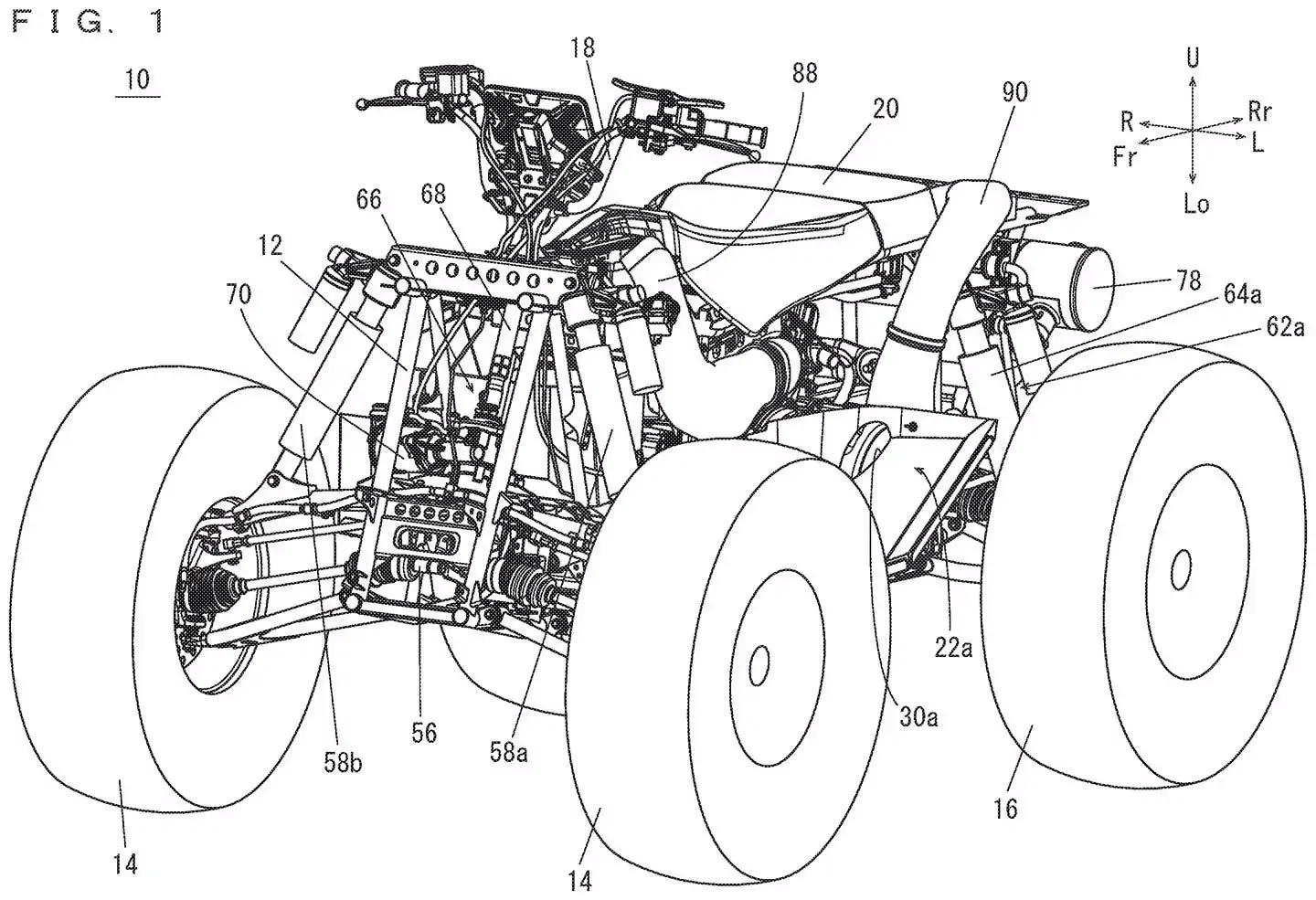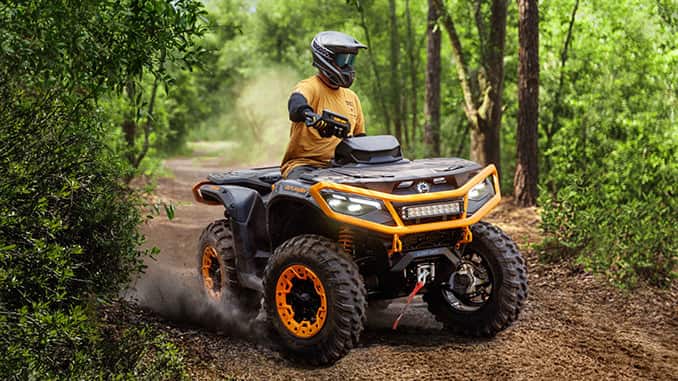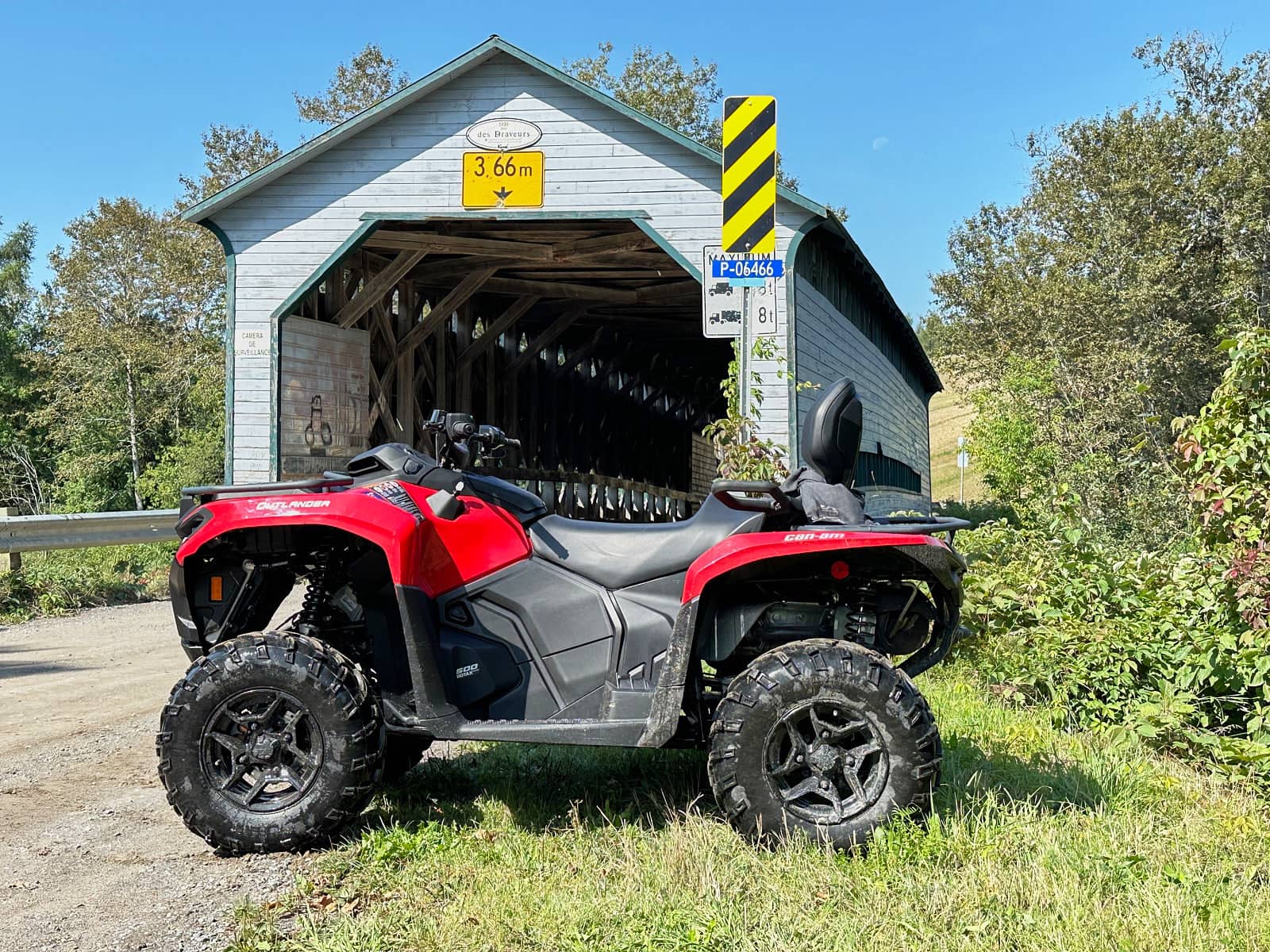Table of contents
ToggleLast year, Yamaha announced its withdrawal from the snowmobile world. In my article on this subject, I mentioned that this could be good news for quad enthusiasts. Indeed, the manufacturer wants to focus its efforts on markets offering more opportunities. This was enough to start dreaming of an expansion in this manufacturer’s range.
When Will a Yamaha Twin-Cylinder Engine Be Available in ATVs?
This is a question that has been coming up for many years. In fact, Yamaha’s adult ATV lineup only includes two engines. These are the 700 and the 450. They are single cylinders of 686 cc and 421 cc respectively.
However, many quad manufacturers offer ATV models in the 1000 cc class with twin-cylinder engines. Nearly all Yamaha product enthusiasts, as well as dealers, dream of new engine options. Their wishes could soon be granted!
A Yamaha Raptor 1,000 cc Would Be on the Drawing Board
According to recent patent applications, it seems that the Polaris Scrambler and Can-Am Renegade will soon have competition in the sport ATV class. Indeed, Yamaha is working on developing a sports ATV model powered by a twin-cylinder engine. According to the technical drawings, the engine could very well be the same engine found in the RMax.
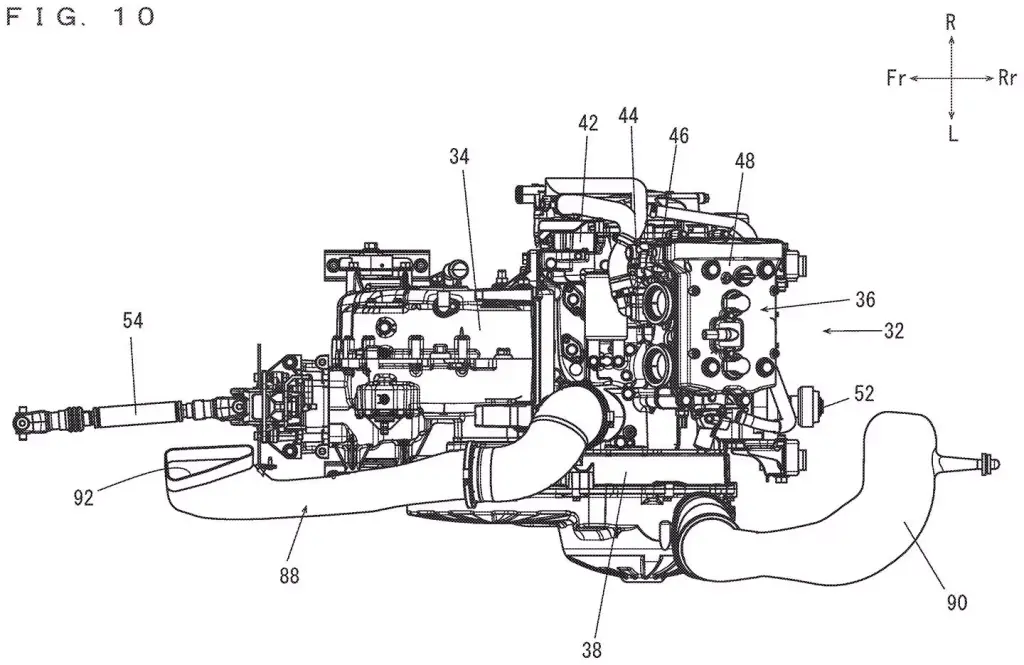
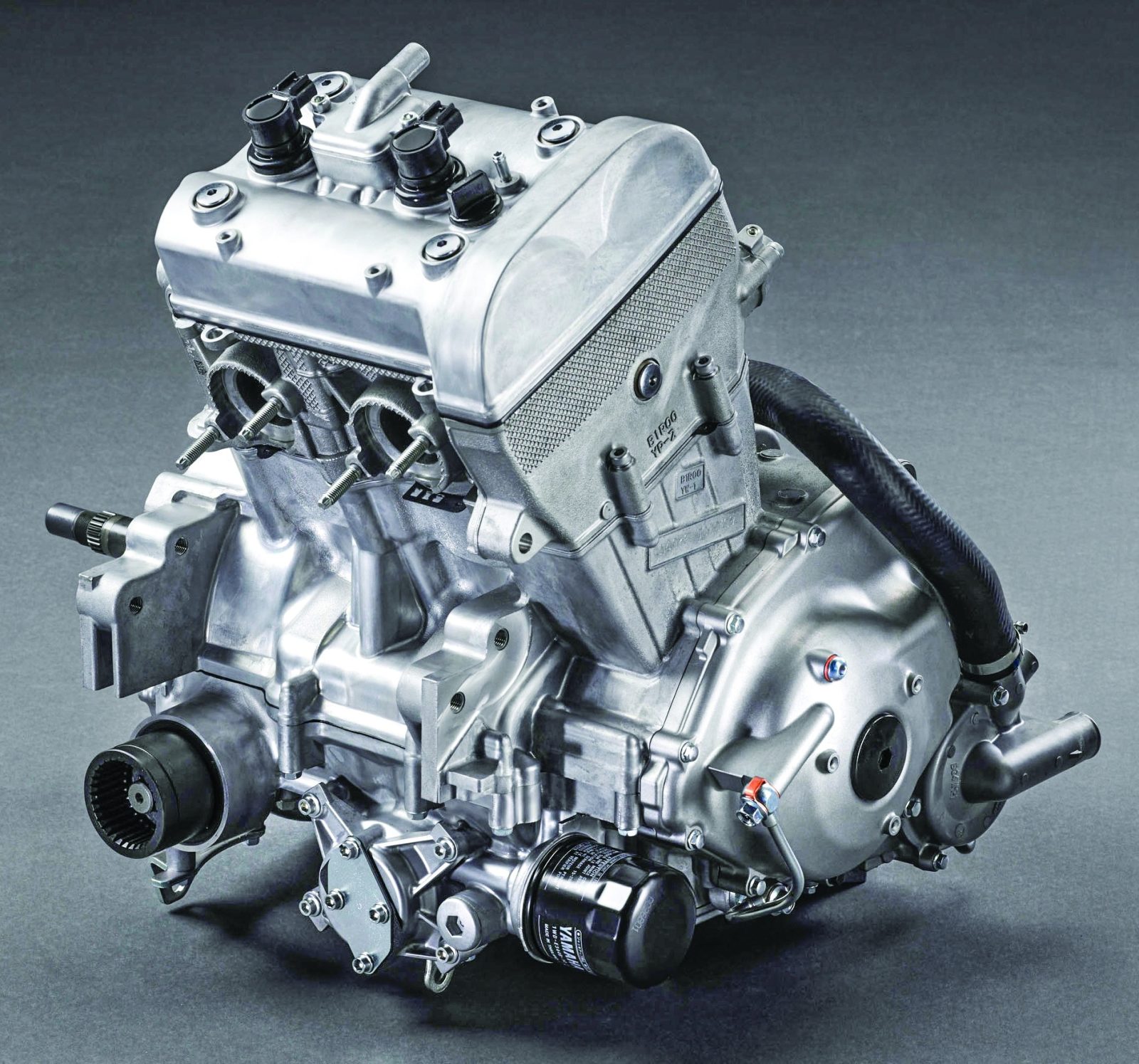
A Particular Propulsion System Location
However, these drawings use an unusual layout. Indeed, the engine would not be housed between the rider’s legs like the V-twin engine of a Can-Am Renegade. In fact, the design proposed by Yamaha places it far back, under the seat, with its transmission mounted towards the front of the vehicle.
This design choice becomes logical when considering that the propulsion system components resemble those found in the Wolverine RMAX models. In fact, on the Wolverine, the engine is tilted backward to fit perfectly behind the seats. This layout is not necessary on the ATV. However, it positions the widest parts of the powertrain towards the rear. This configuration offers interesting ergonomics for a very sporty model. It allows for a narrower seat with wide footrests on each side.
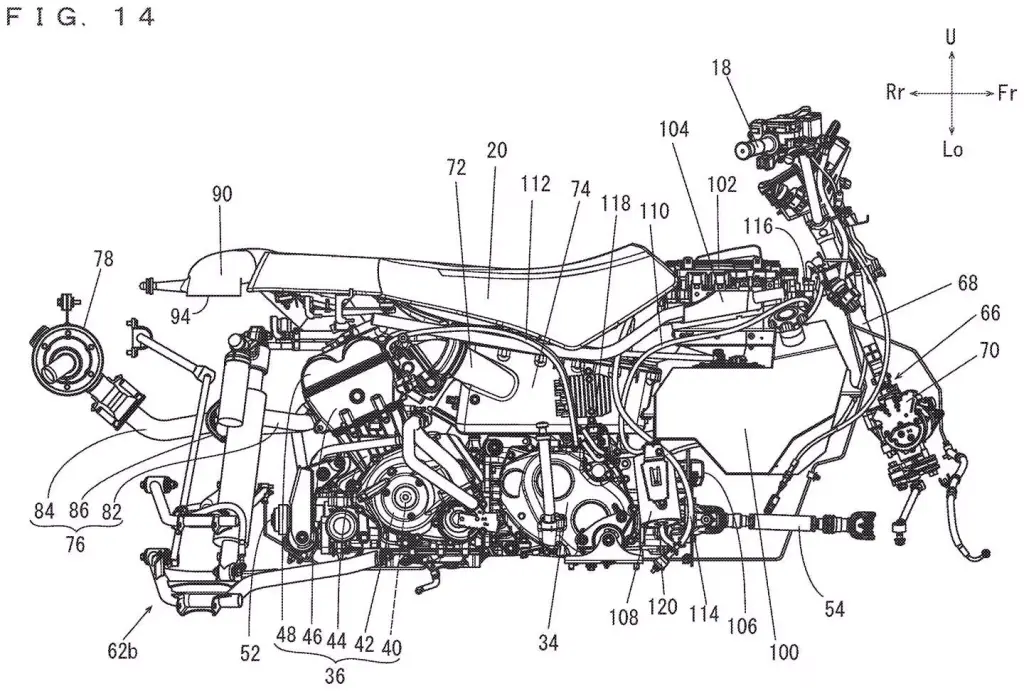
Advantages of This Layout
Firstly, the air intakes are located at the front and point upwards. The exhaust, on the other hand, is at the rear of the vehicle. This facilitates the positioning of the air box and exhaust system.
The higher placement of the air intake ducts allows the vehicle to more easily travel through deep-water crossings.
Additionally, there is more space at the front of the vehicle to place the fuel tank and battery. More space means a larger capacity tank and, thus, increased range. This also partly offsets the weight of the rear engine. This makes the vehicle more balanced.
Dashboard
The technical drawings also show us a dashboard with two screens. One could assume a navigation system on the larger upper screen, with essential vehicle information on the smaller one. At the time of writing these lines, the models offered in Canada do not have the Yamaha Adventure Pro system. However, it is found on some models in the United States. One could assume the same for this potential model.
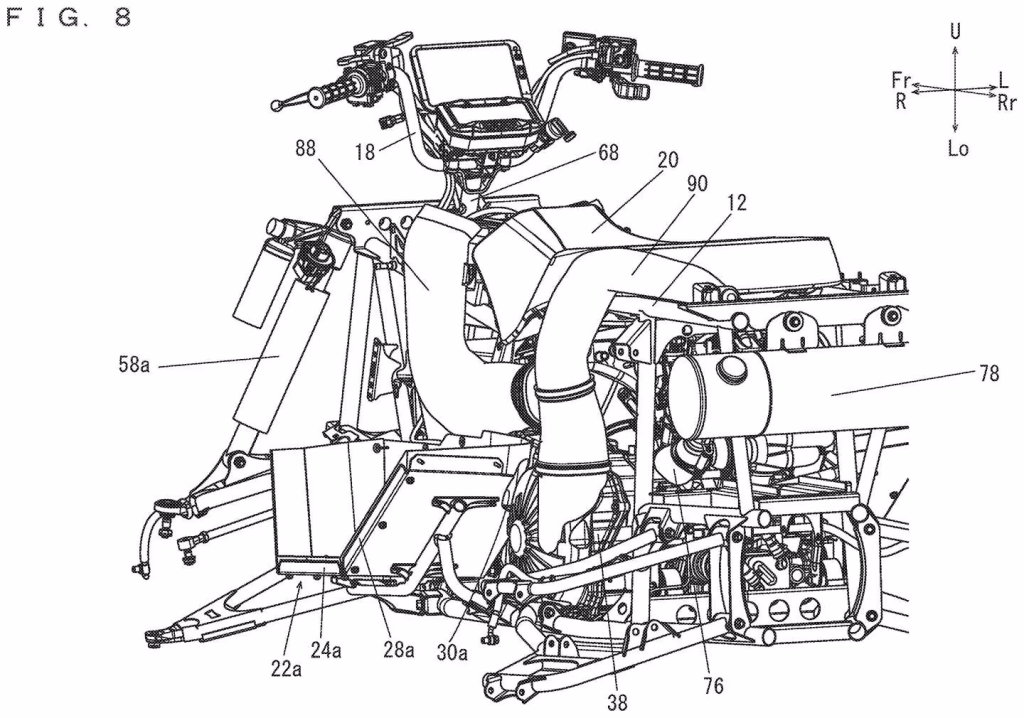
Is Yamaha Working on Other Innovations?
This is definitely the million-dollar question. Does this model, powered by a twin-cylinder engine, represent the beginning of a small revolution in Yamaha’s ATV range? Let’s hope so. It would be very interesting to have access to some twin-cylinder Grizzly models.
We will probably need to be patient. Indeed, to do so, the Japanese manufacturer will have to work on a completely new chassis for the Grizzly. Until then, we will keep a close eye on it, Yamaha!

